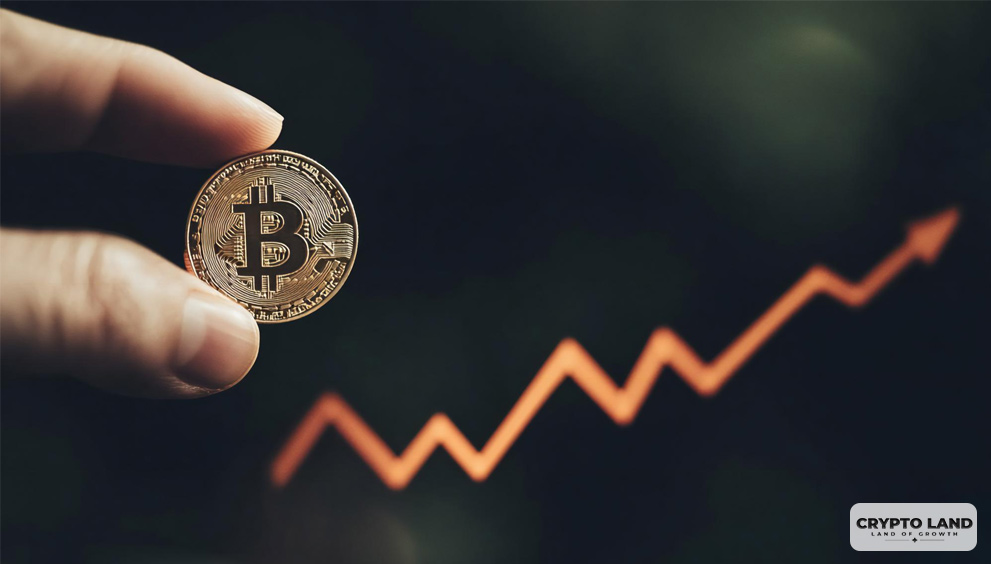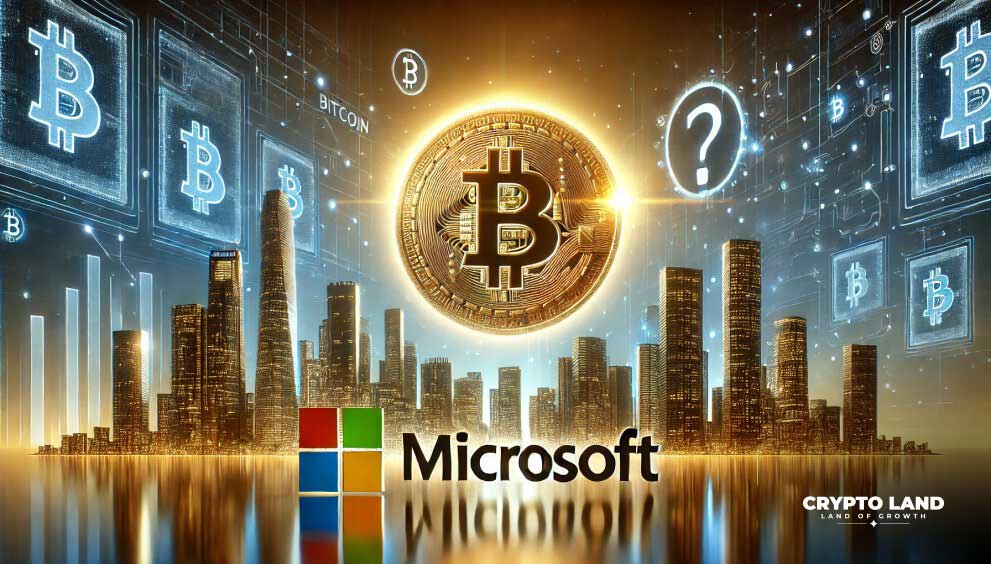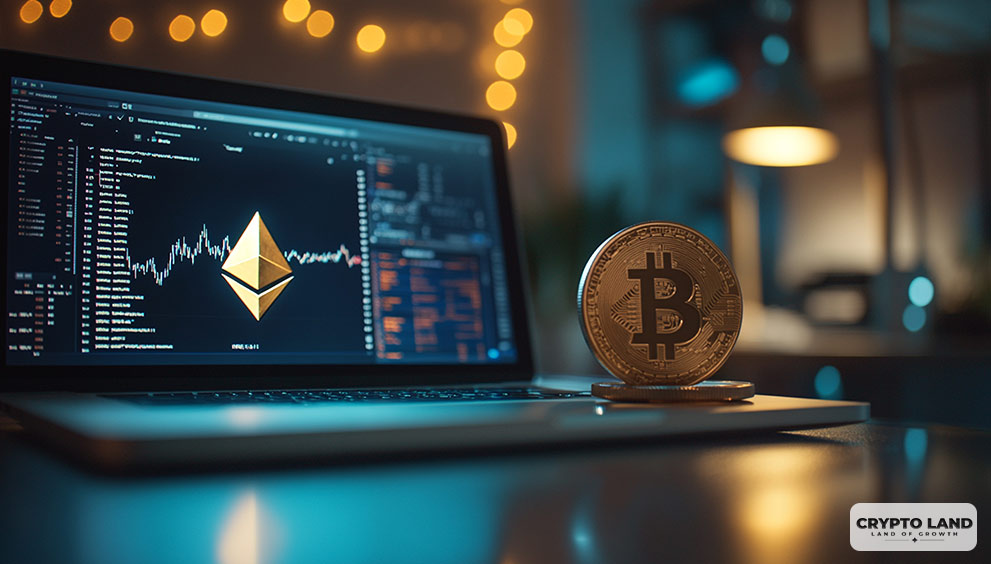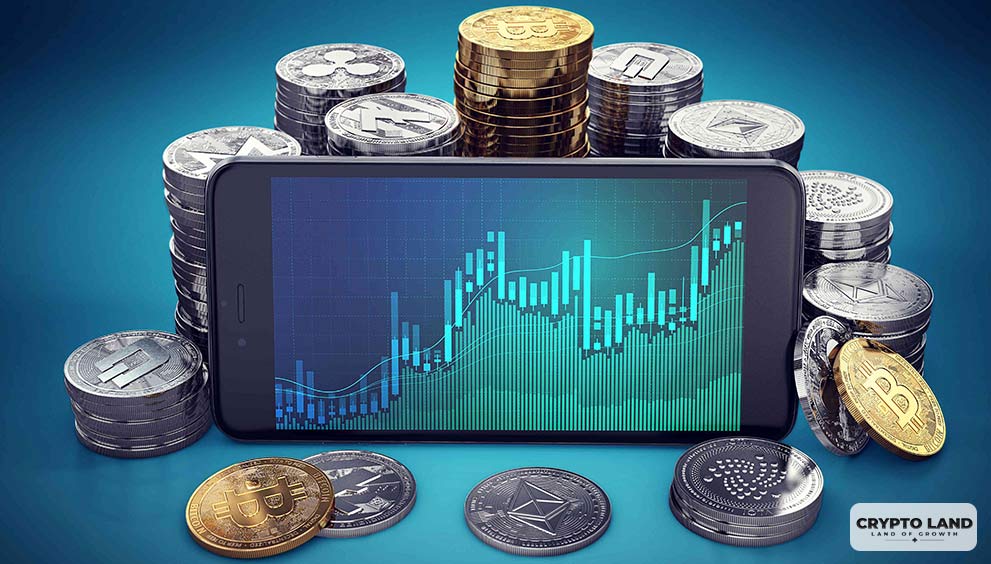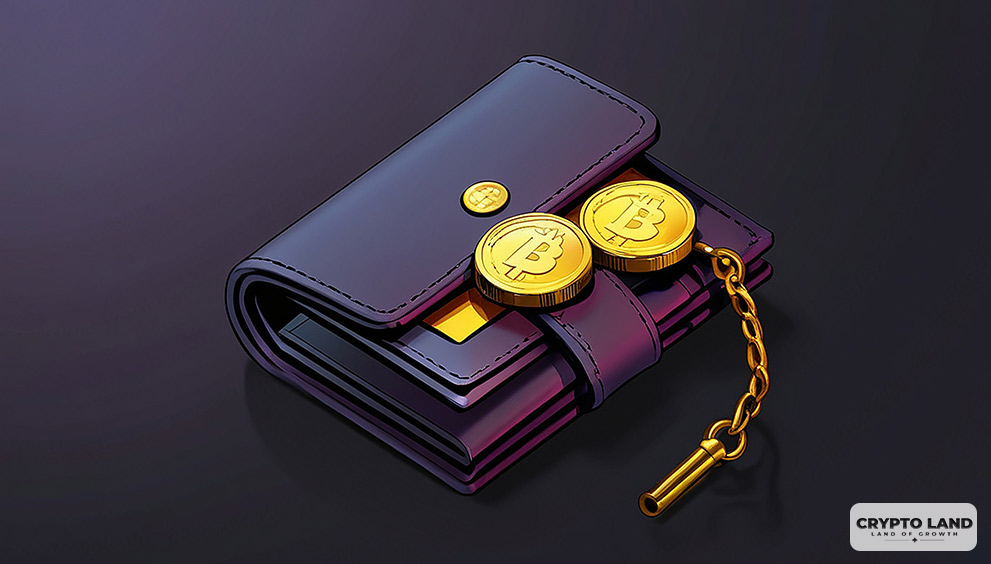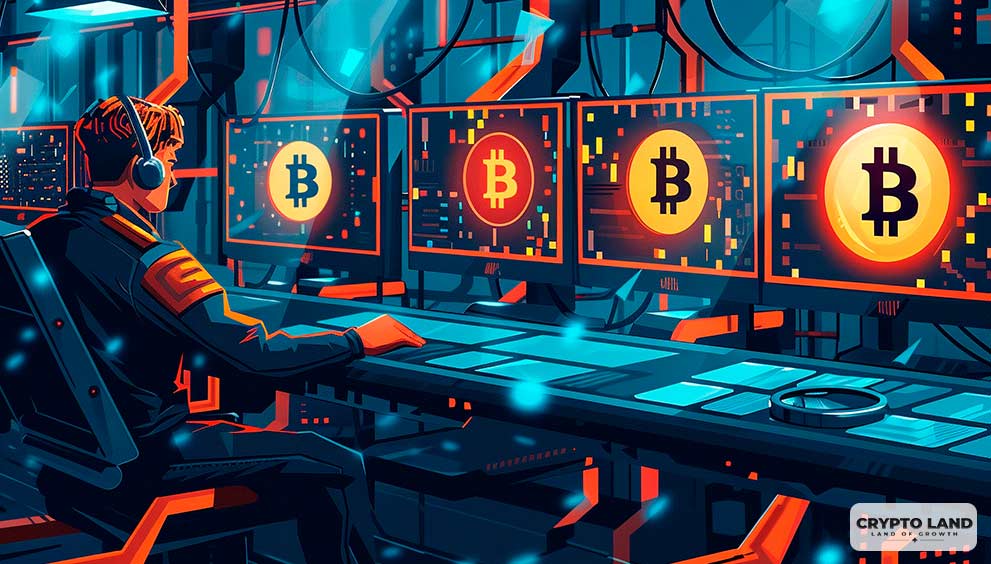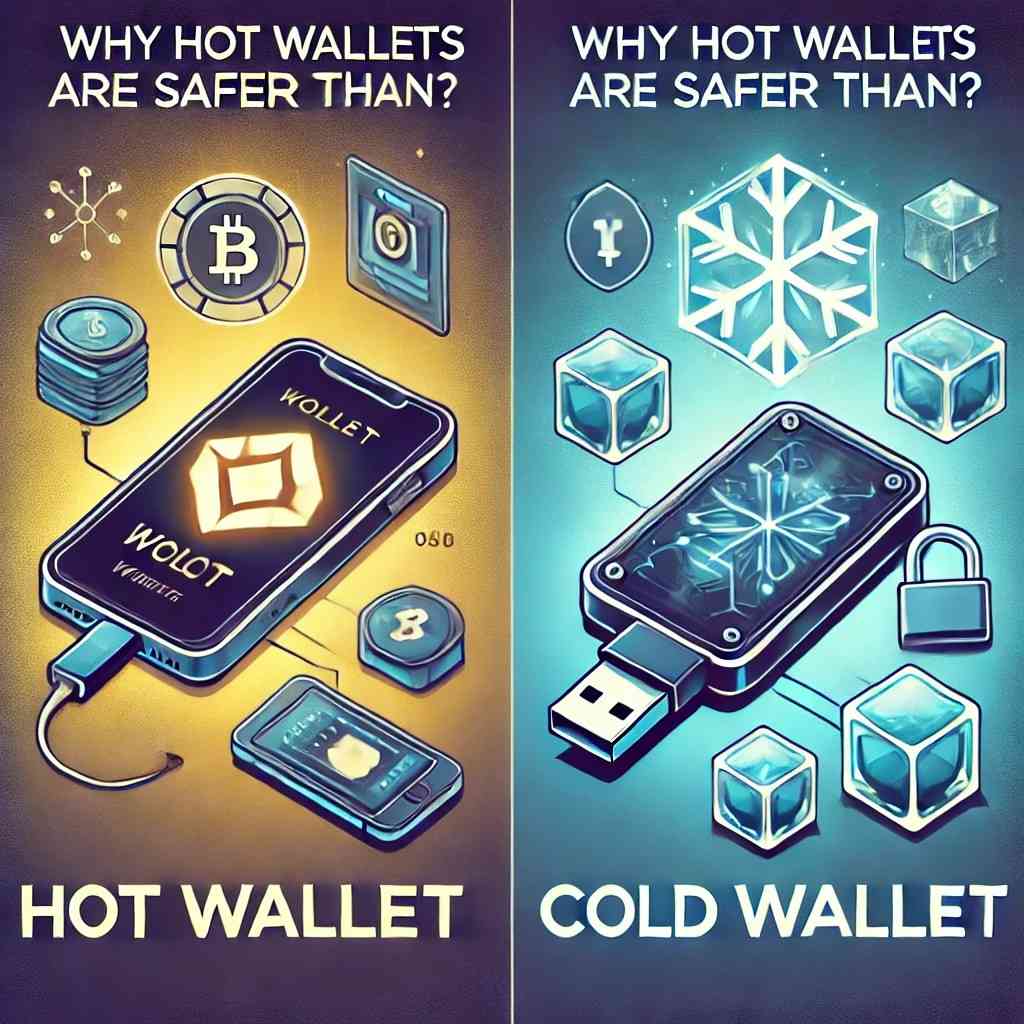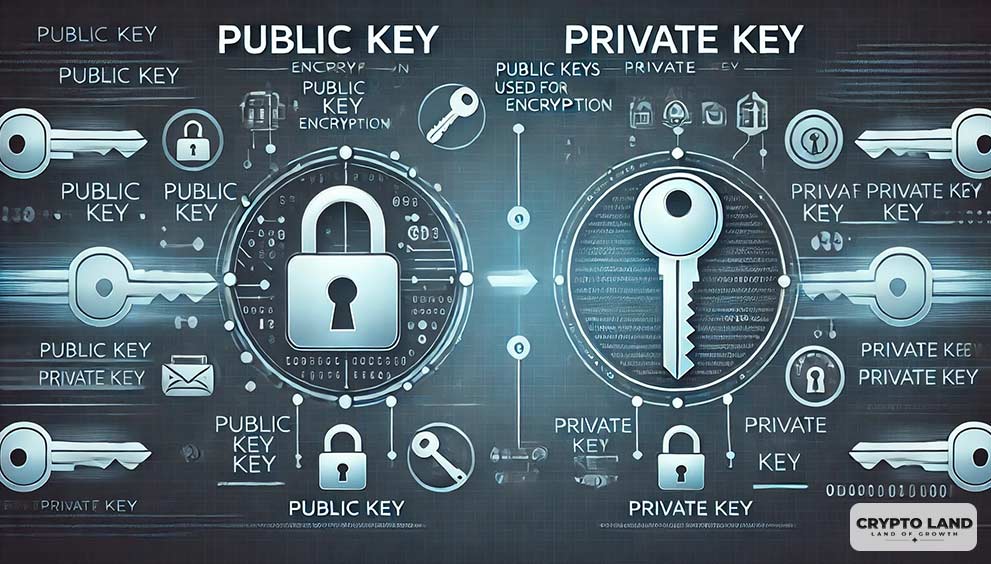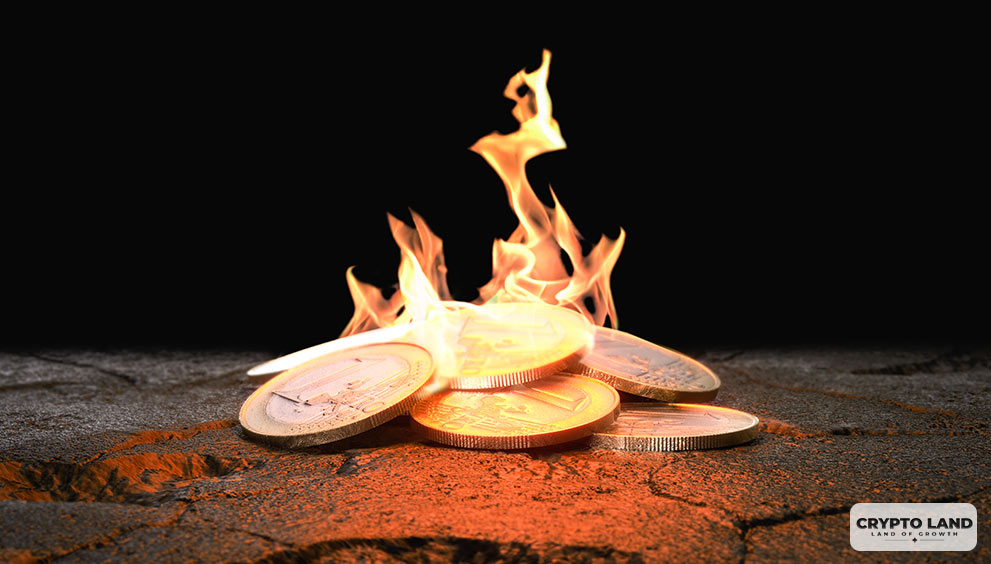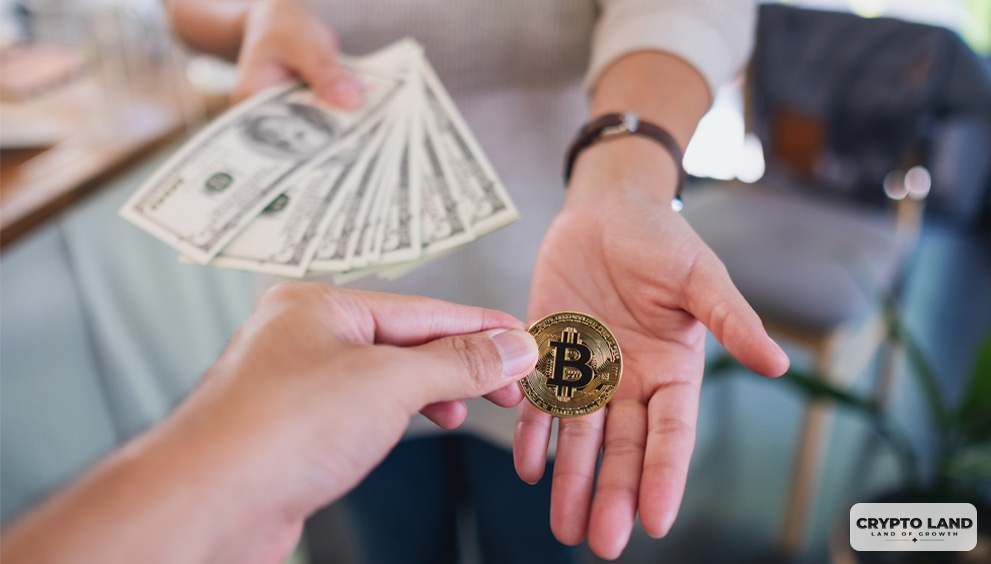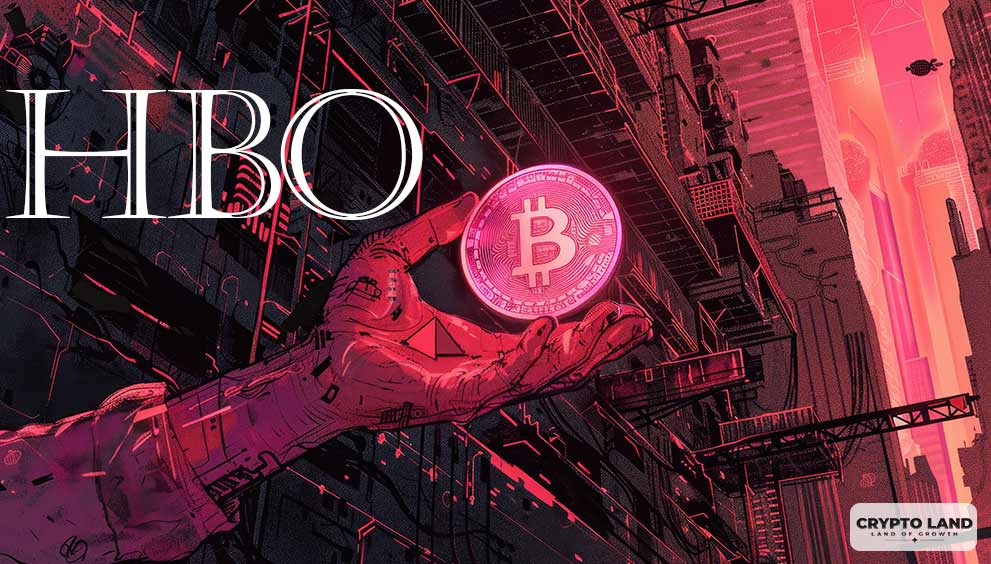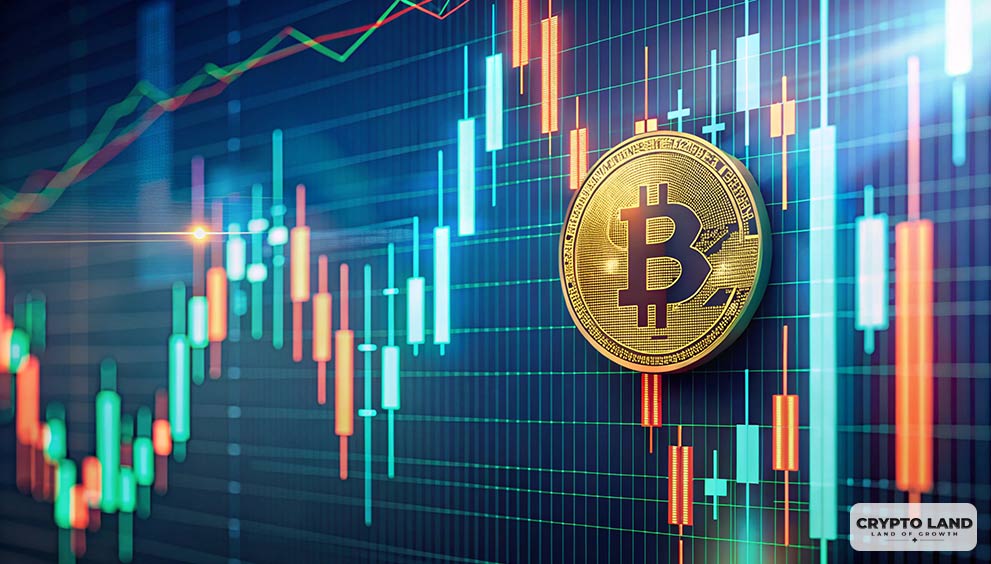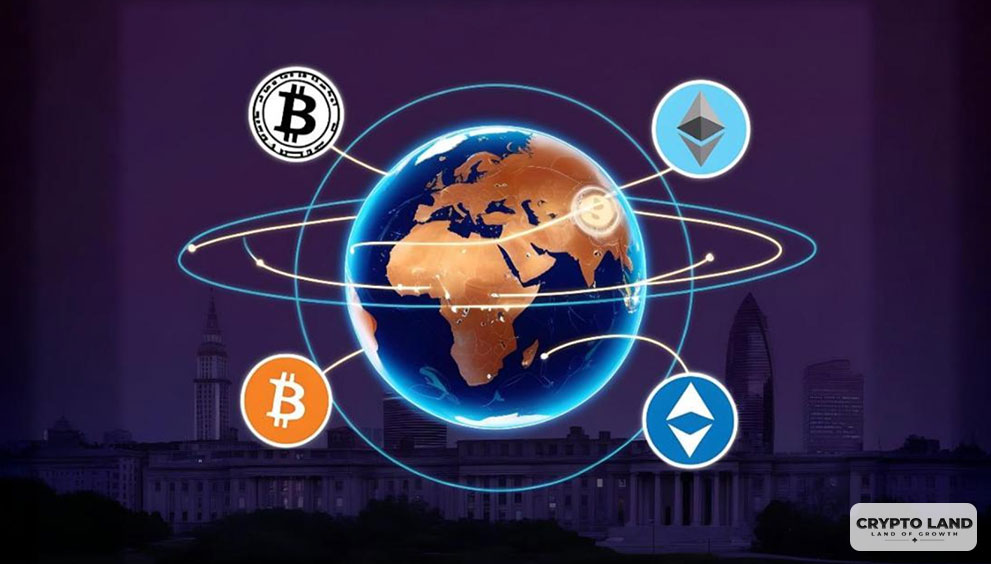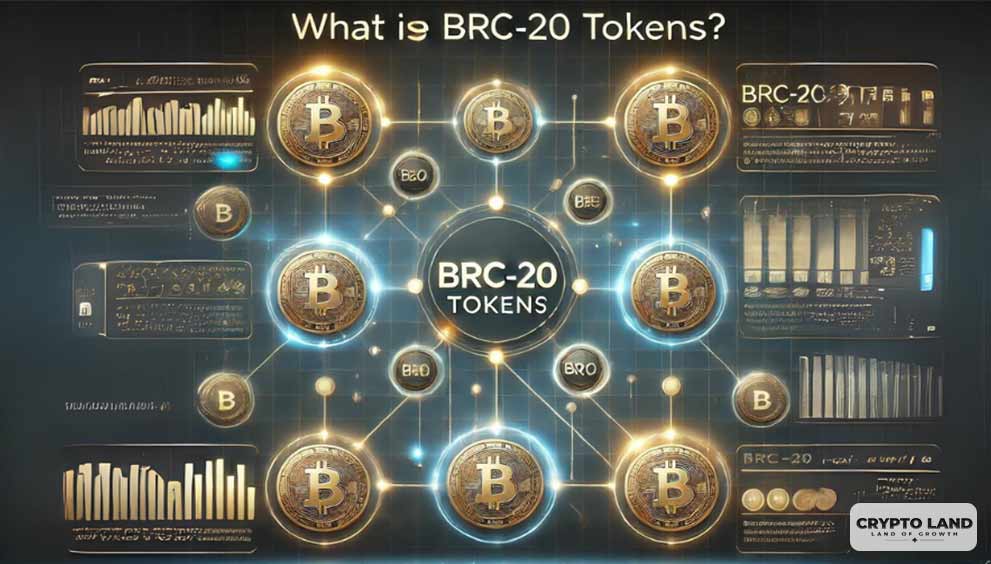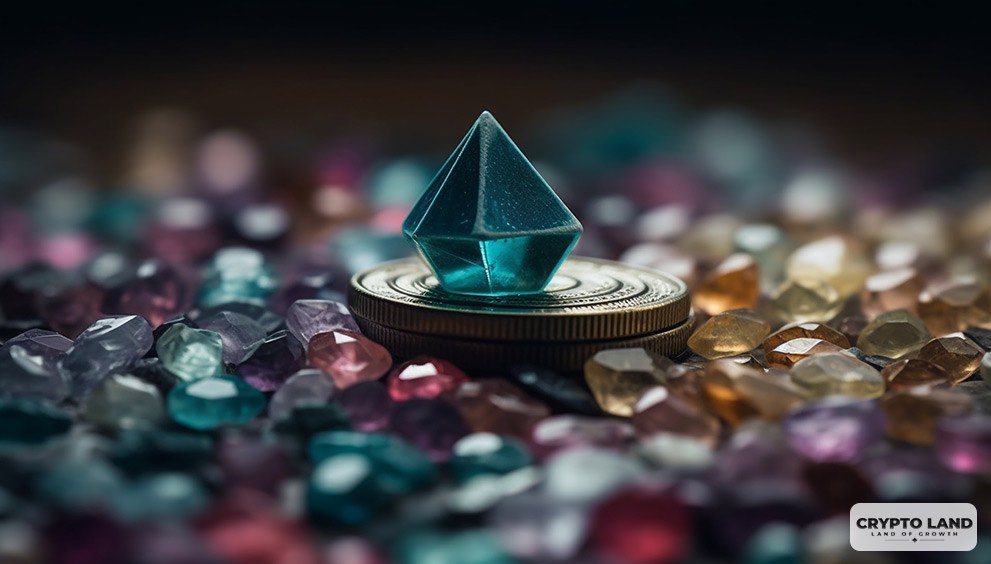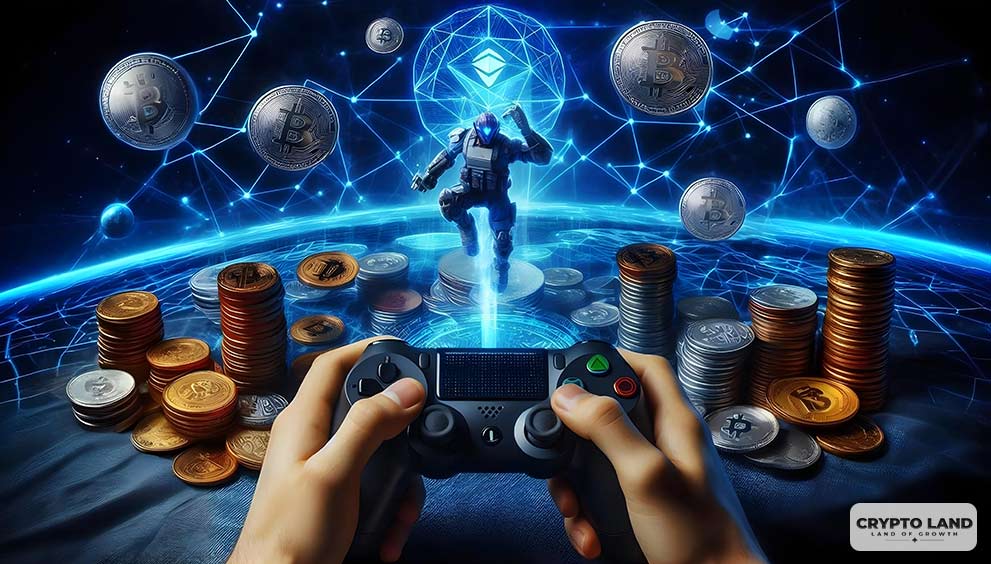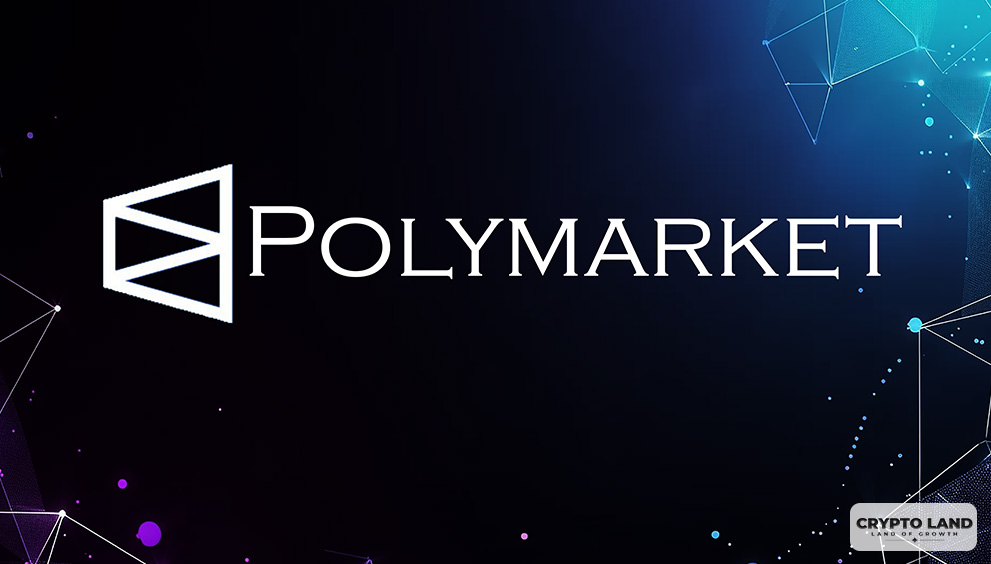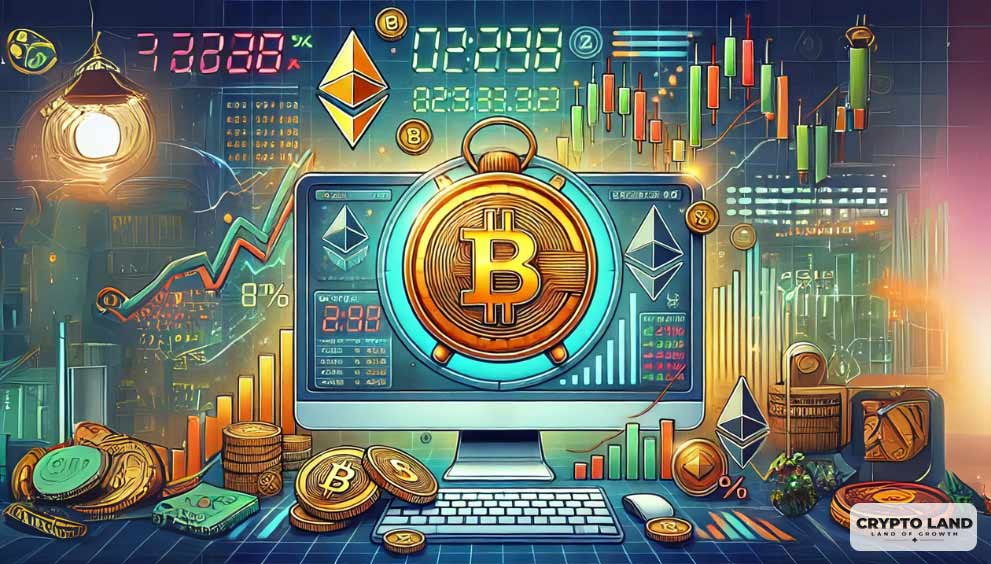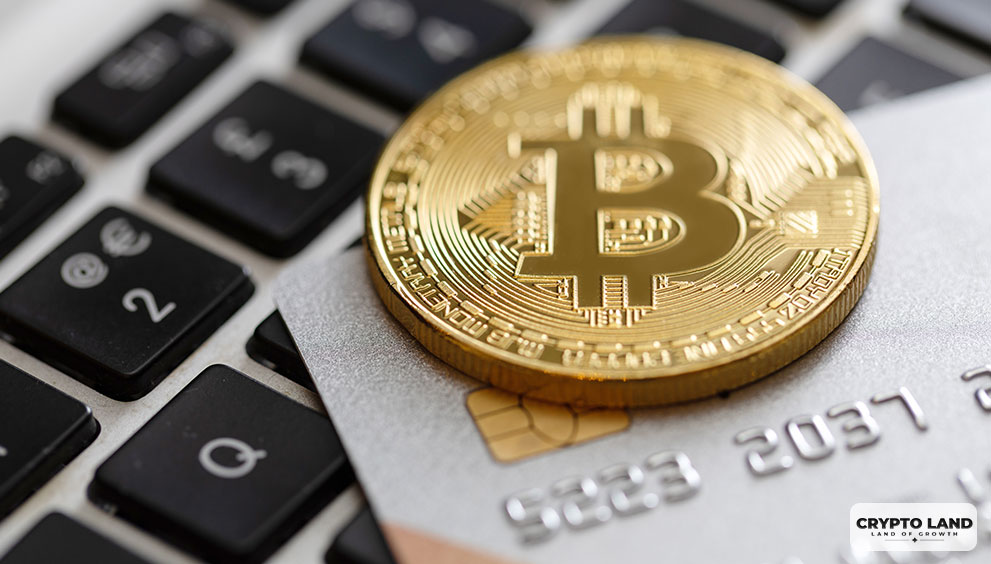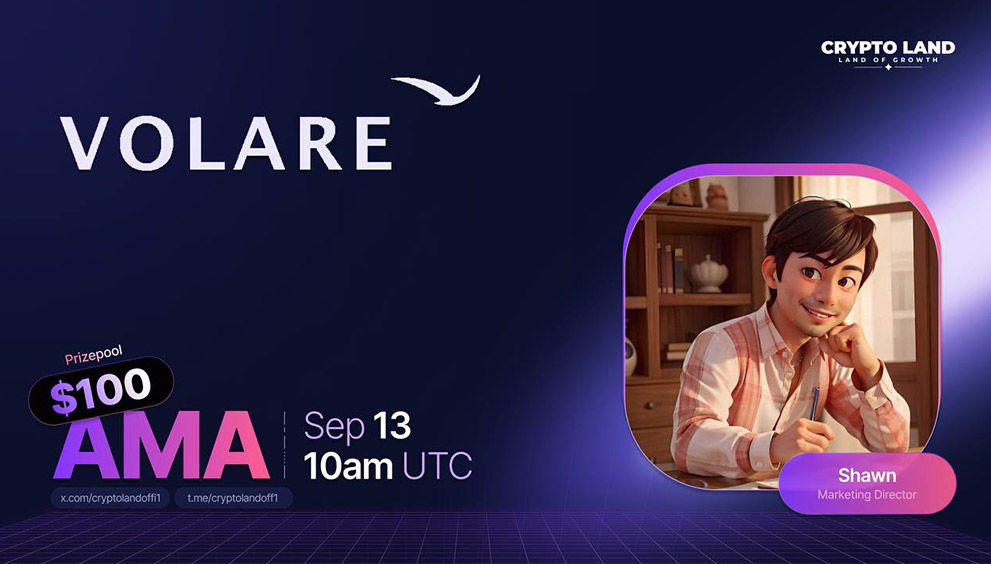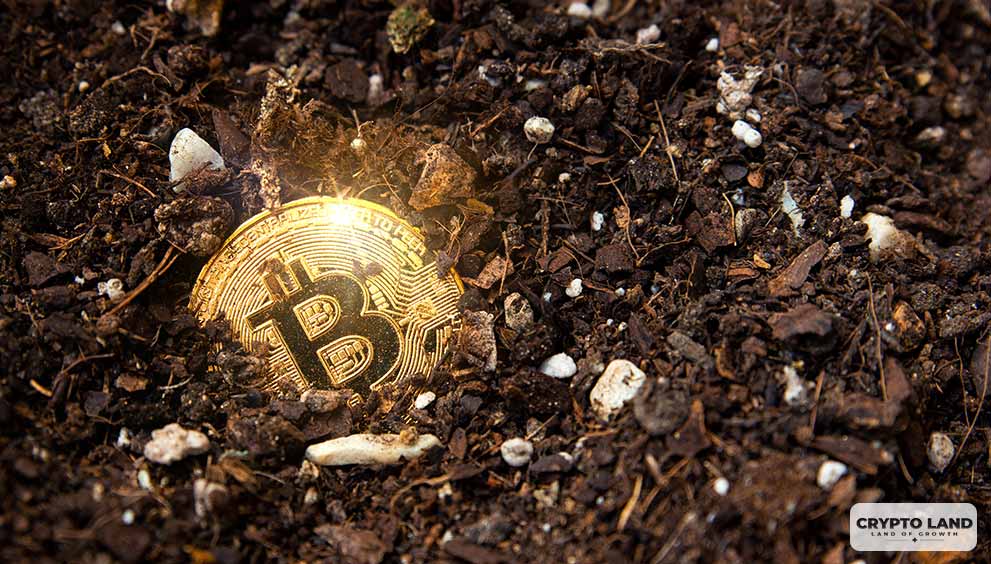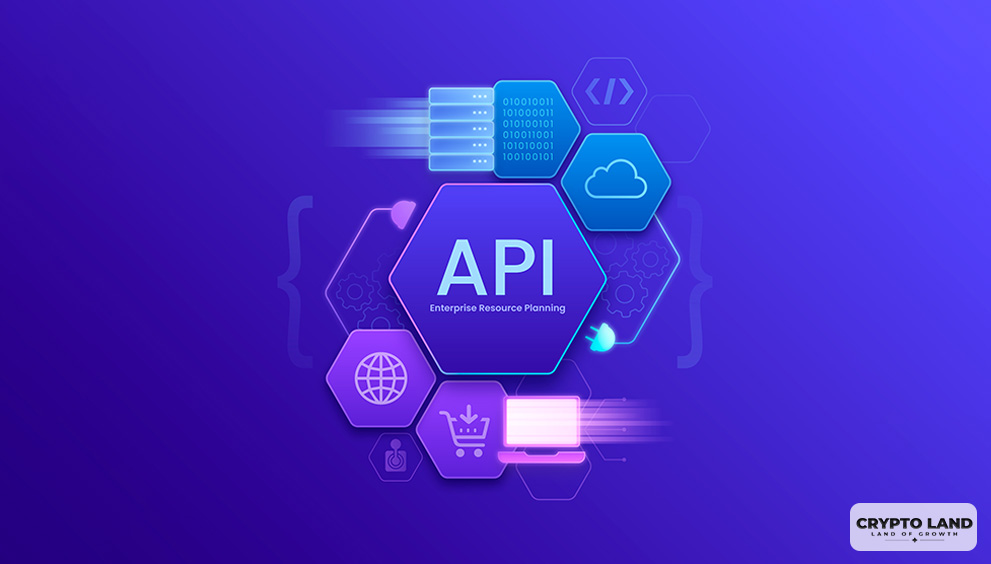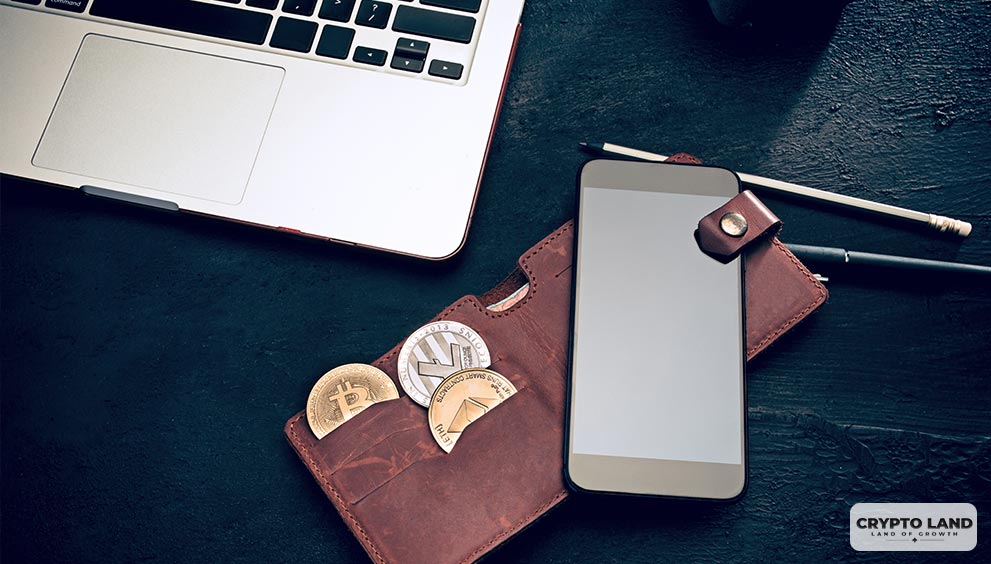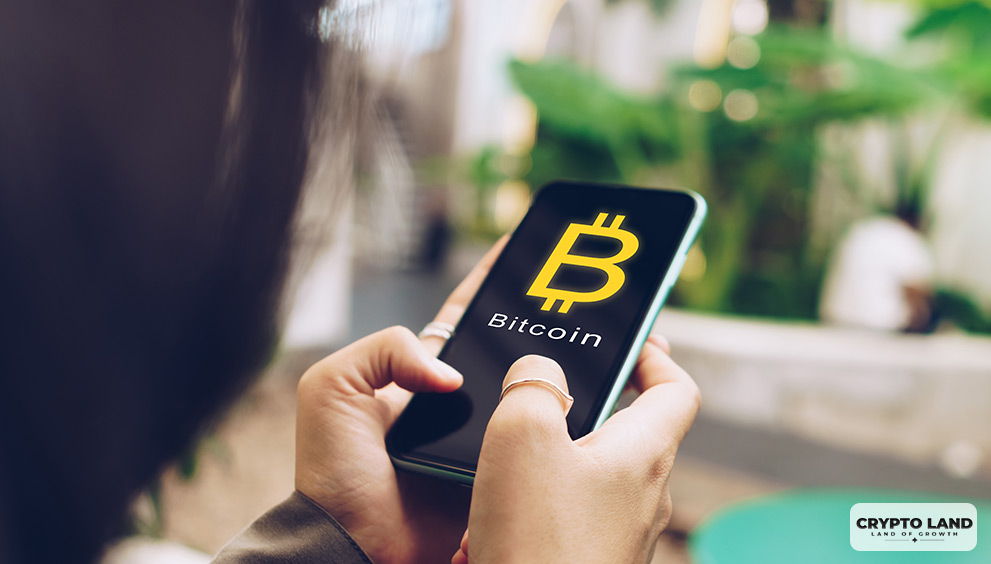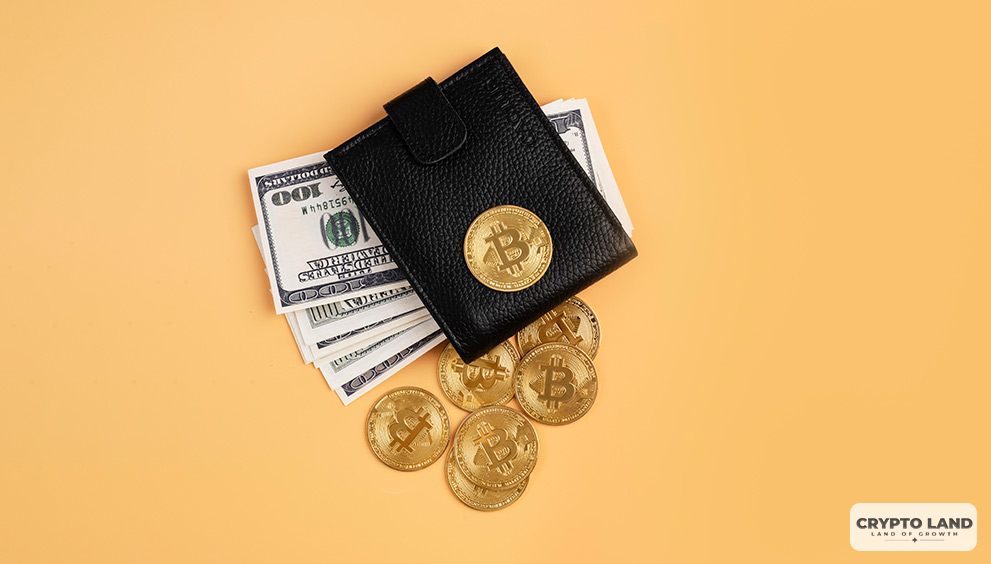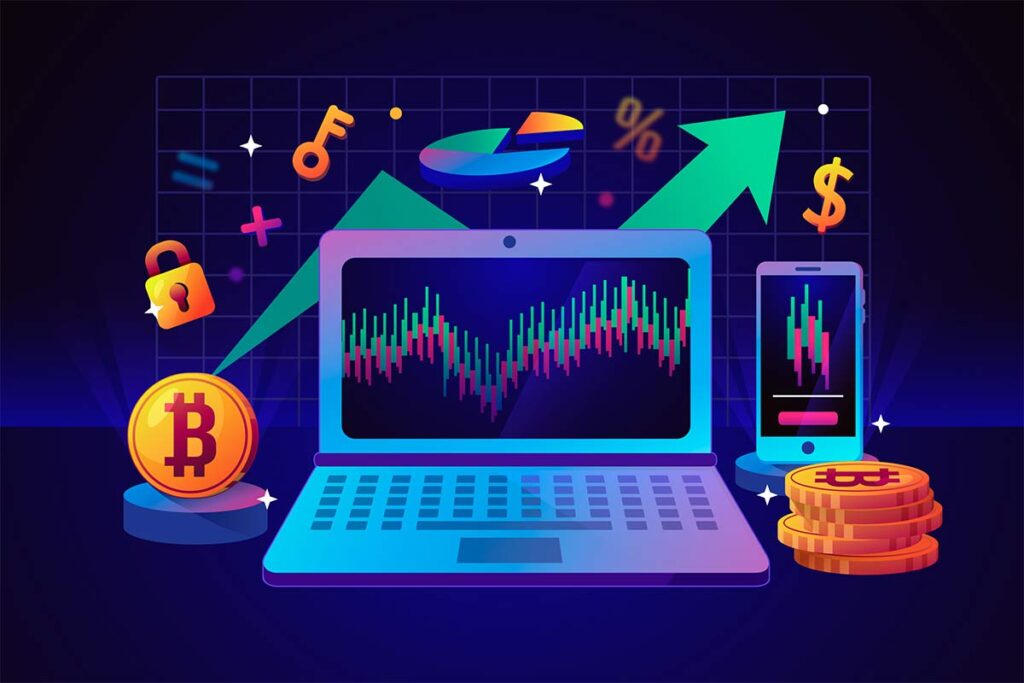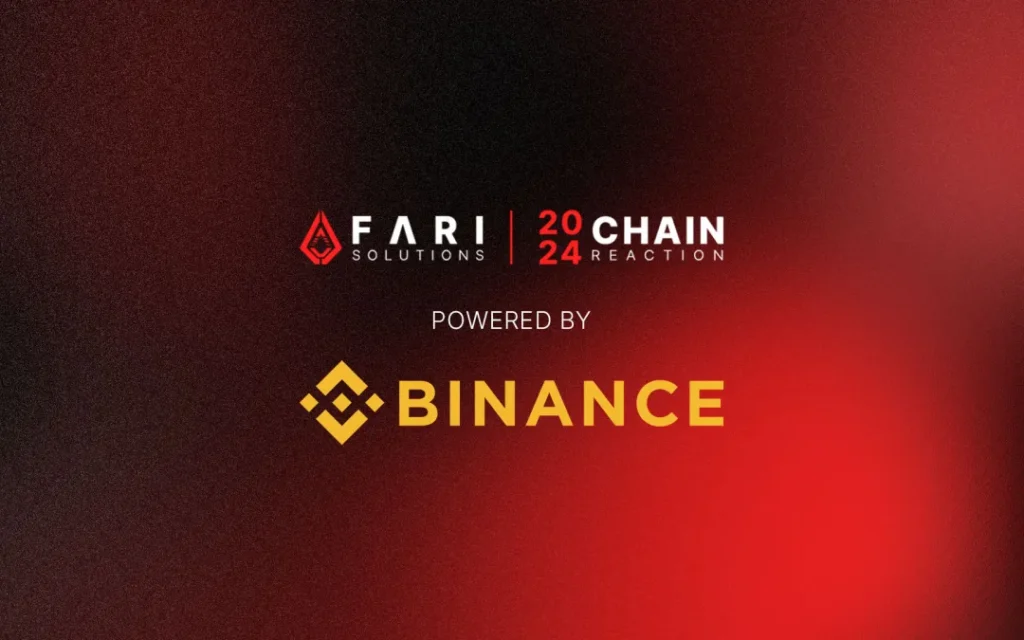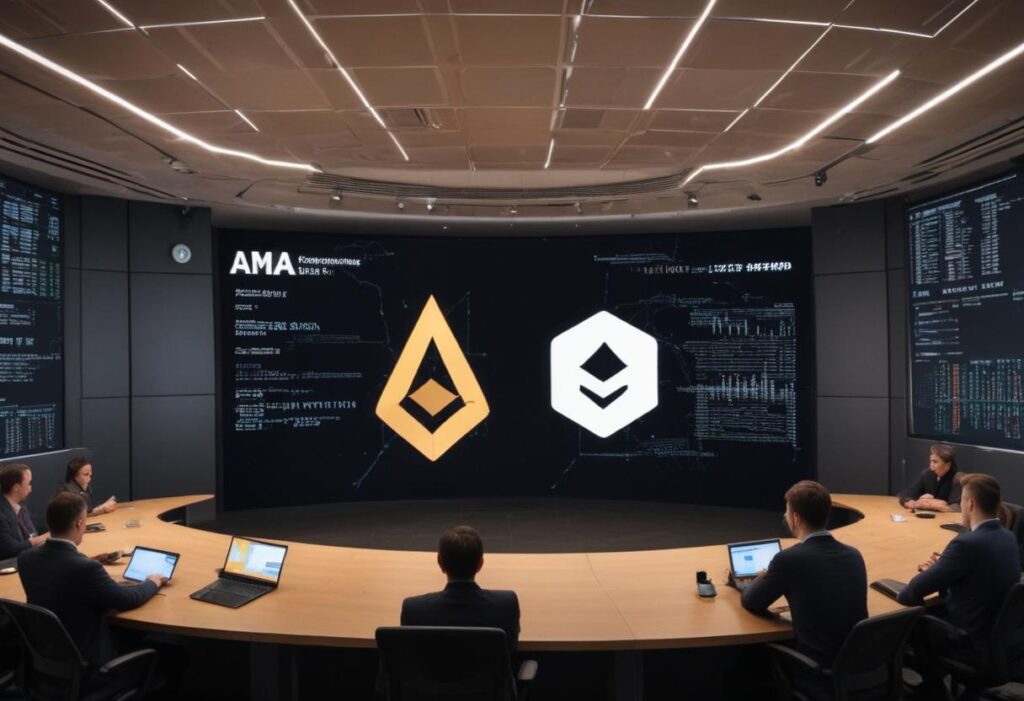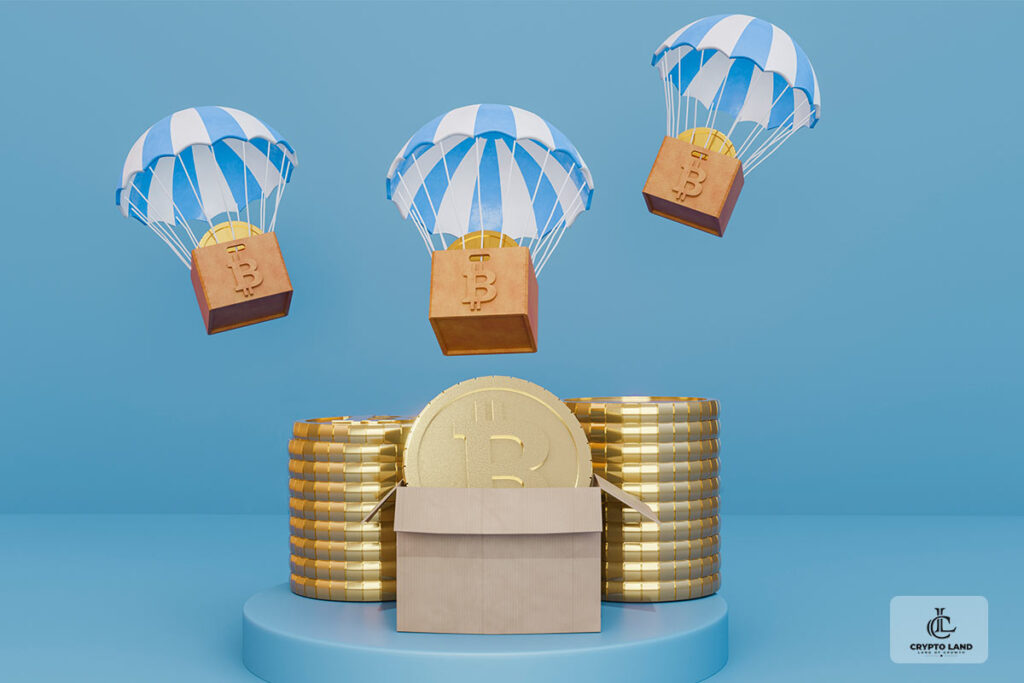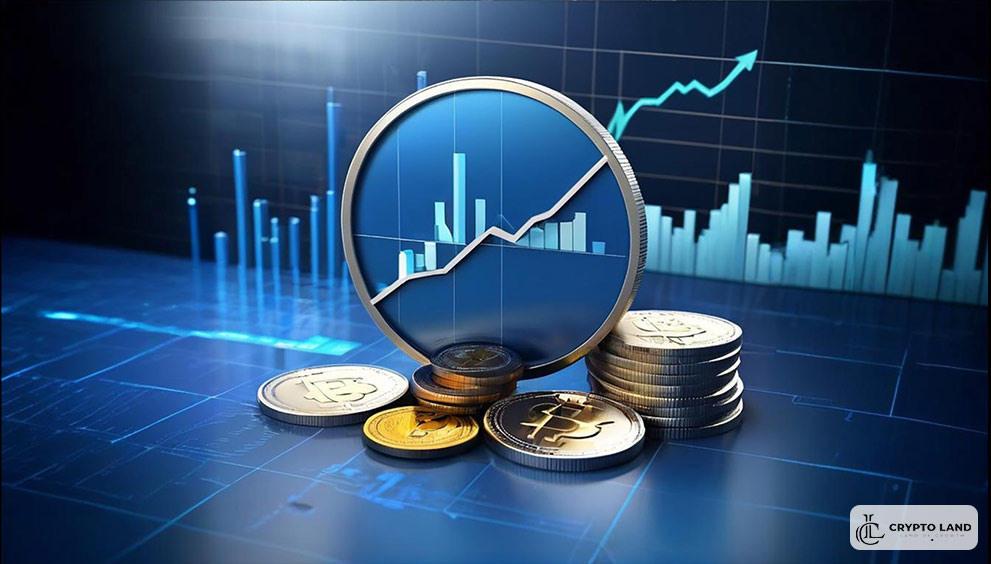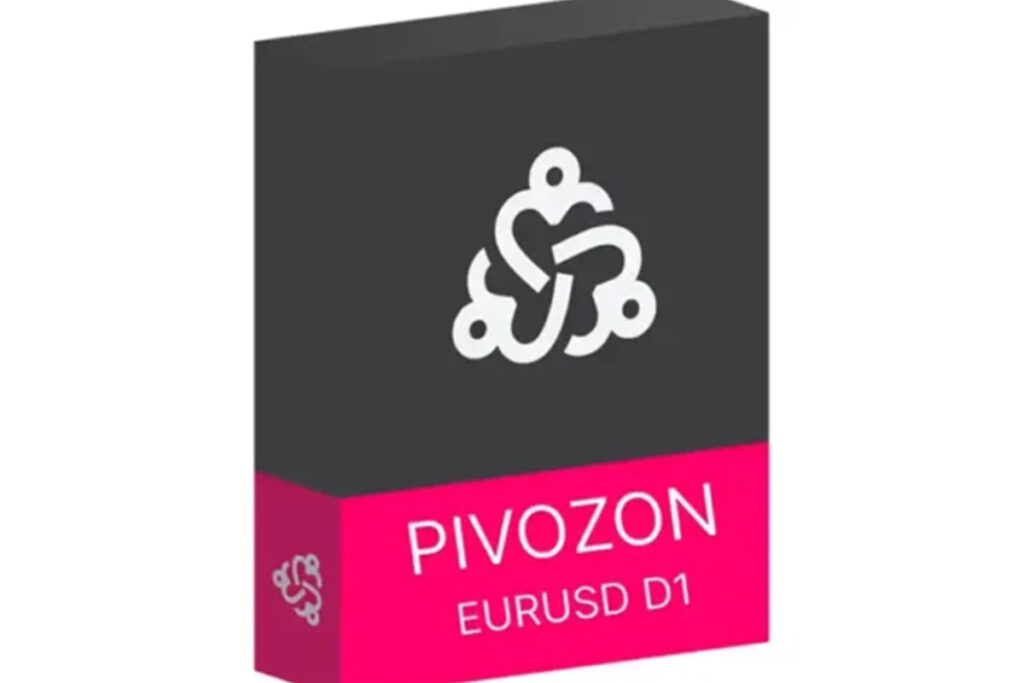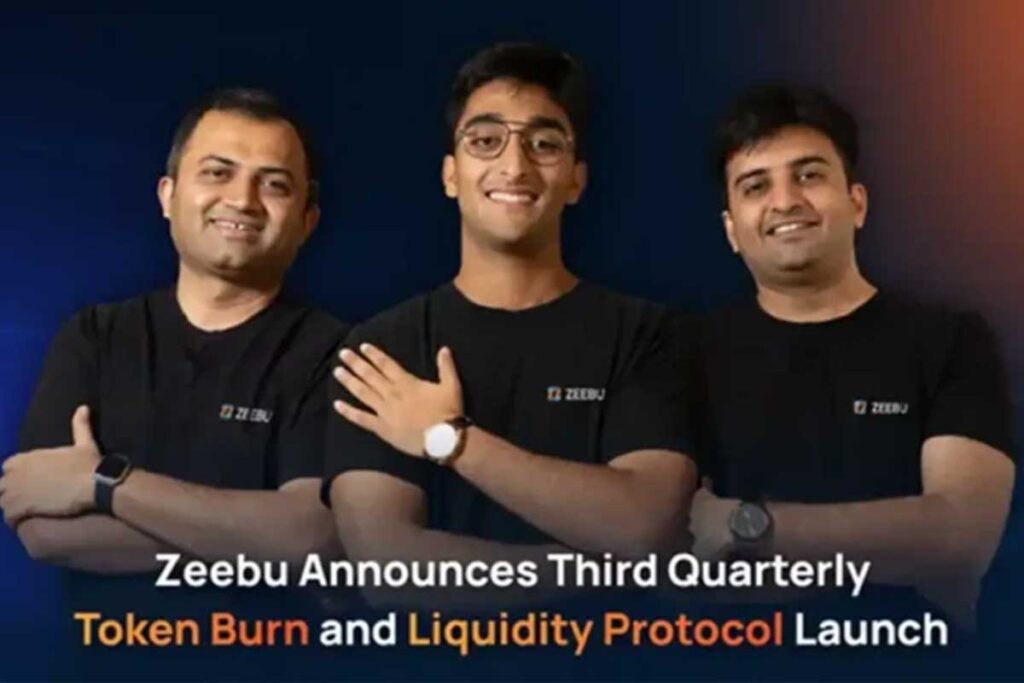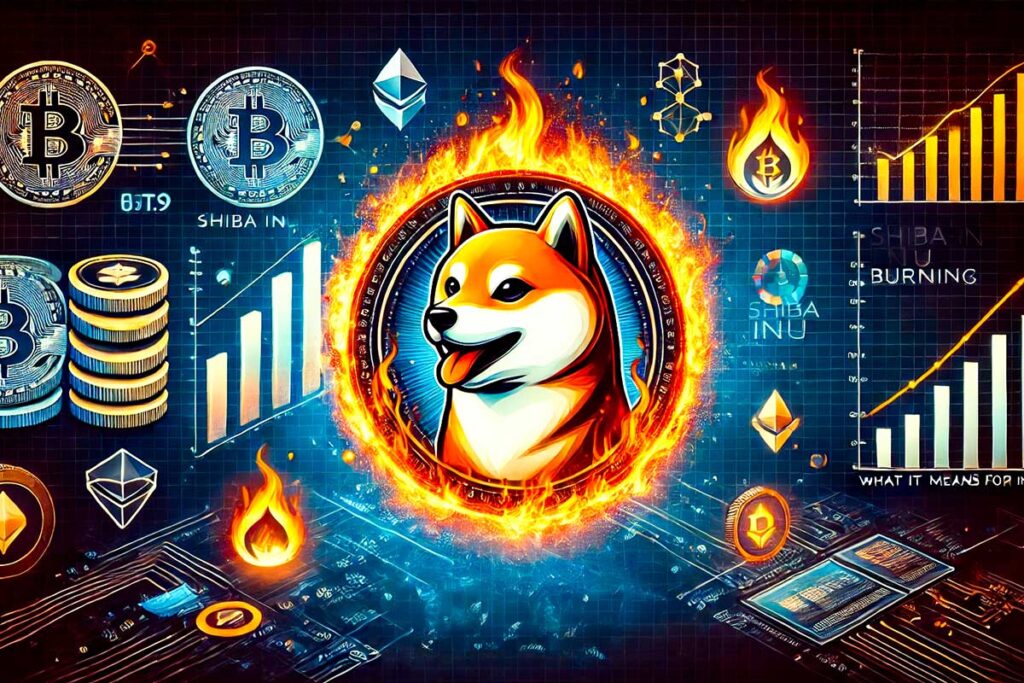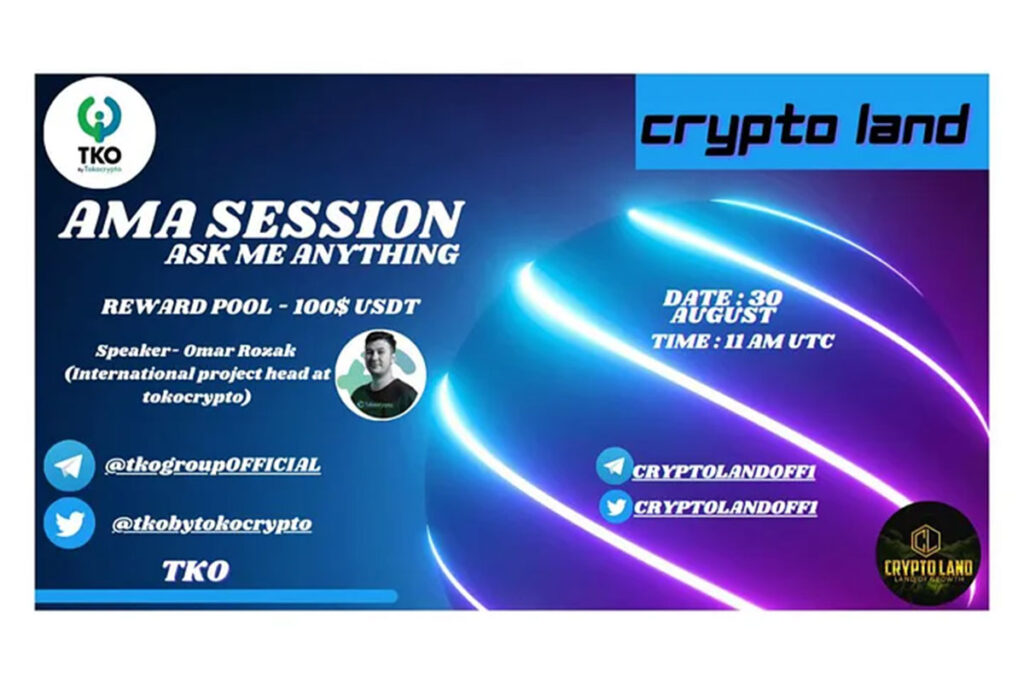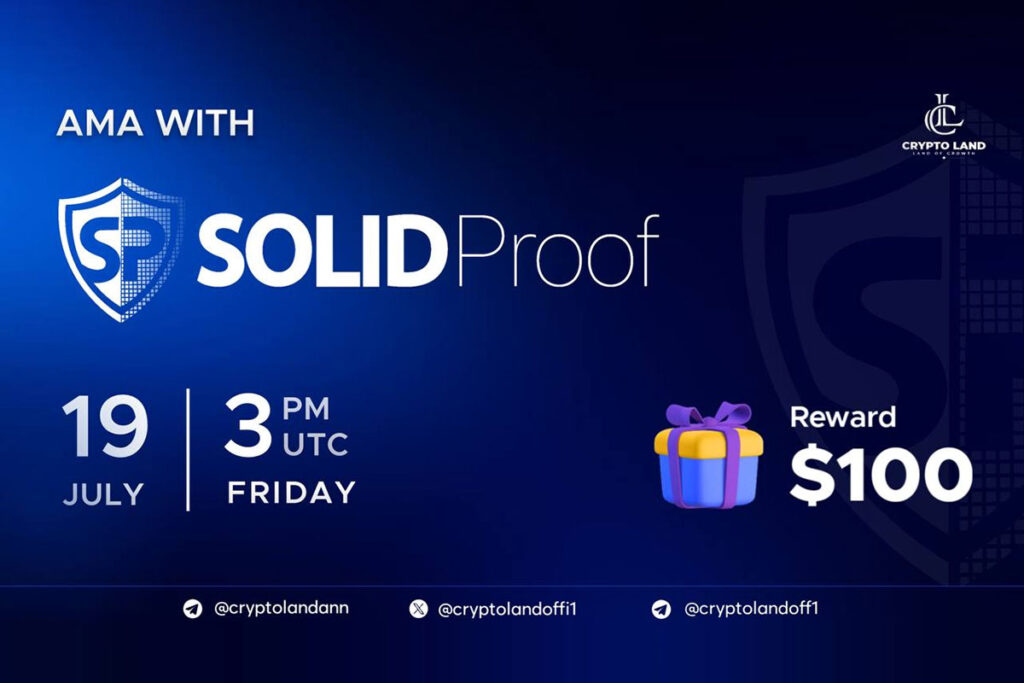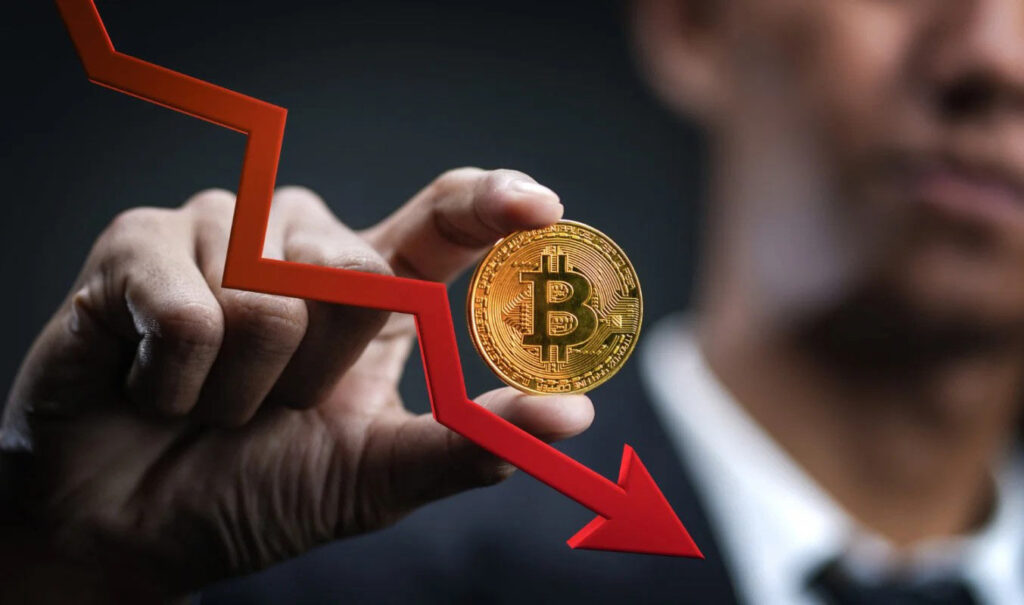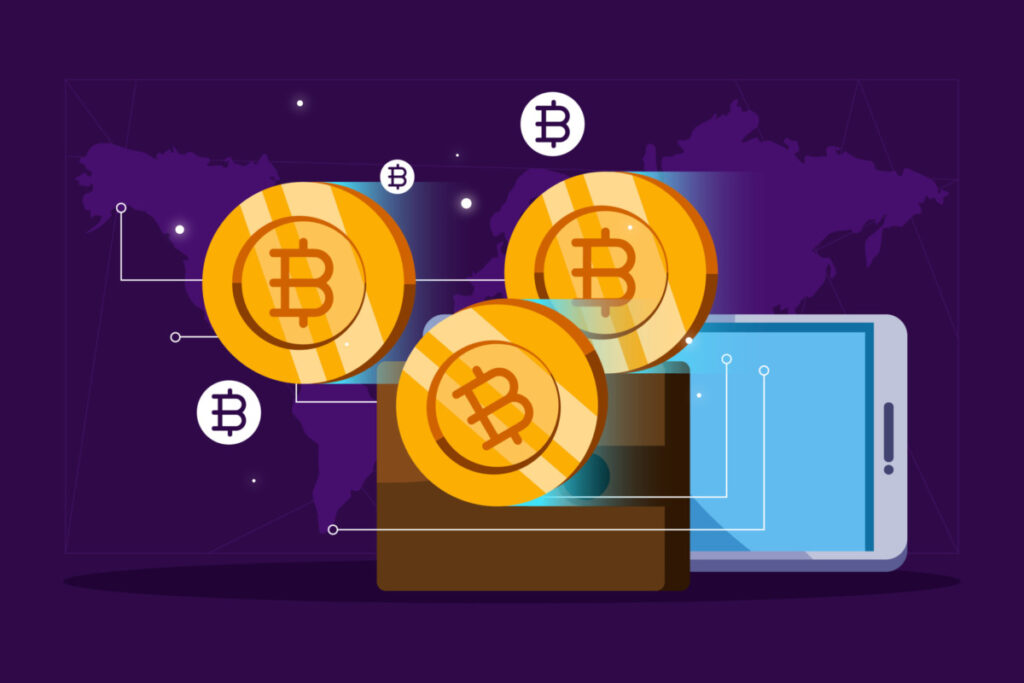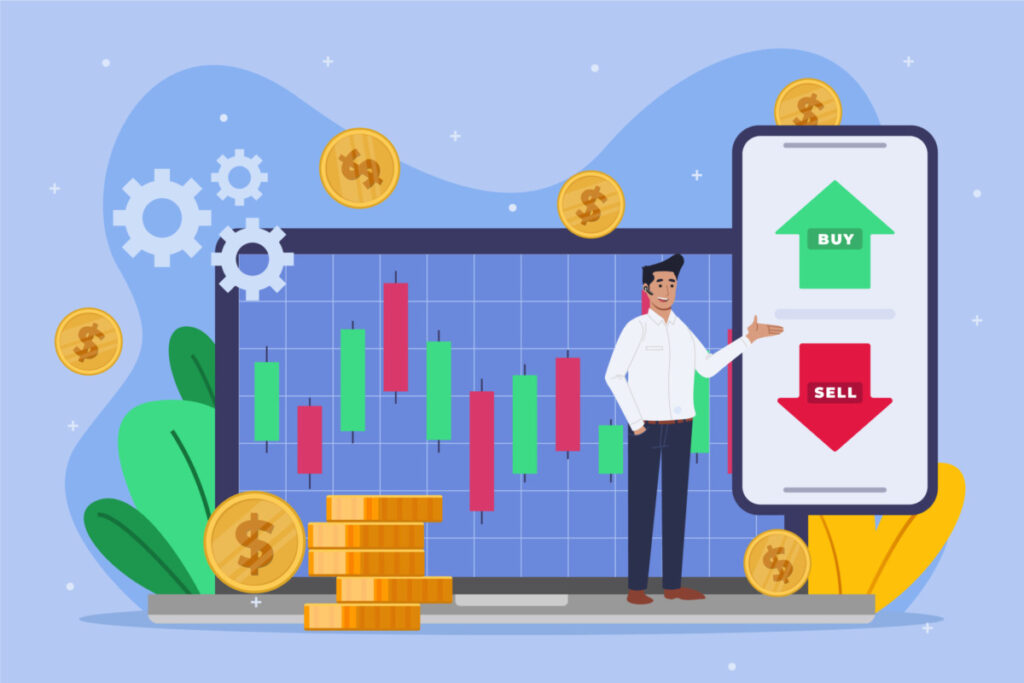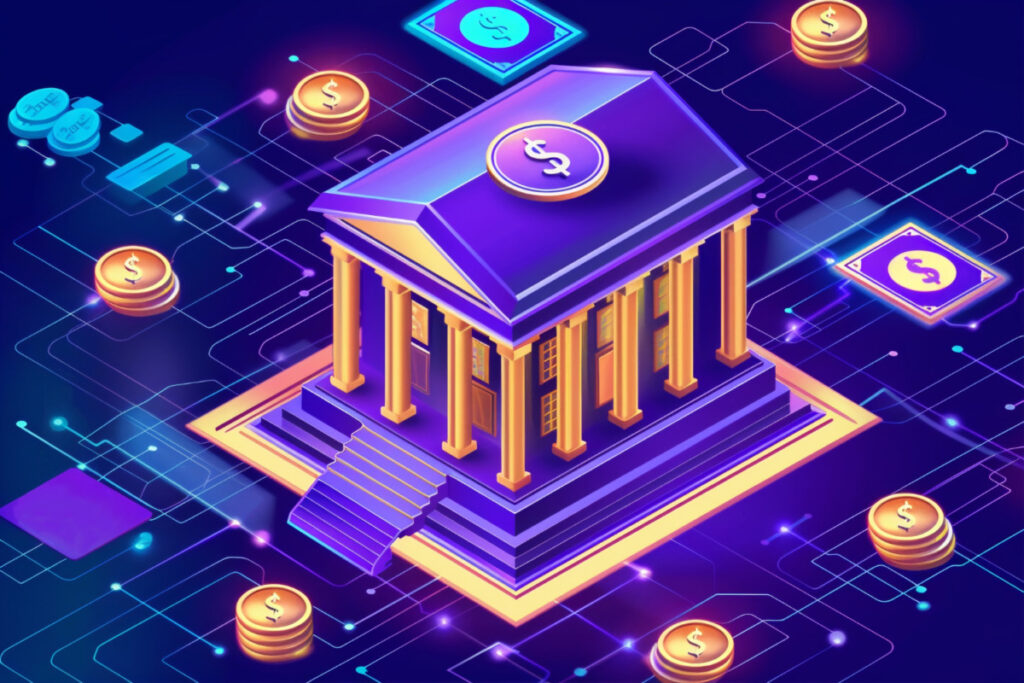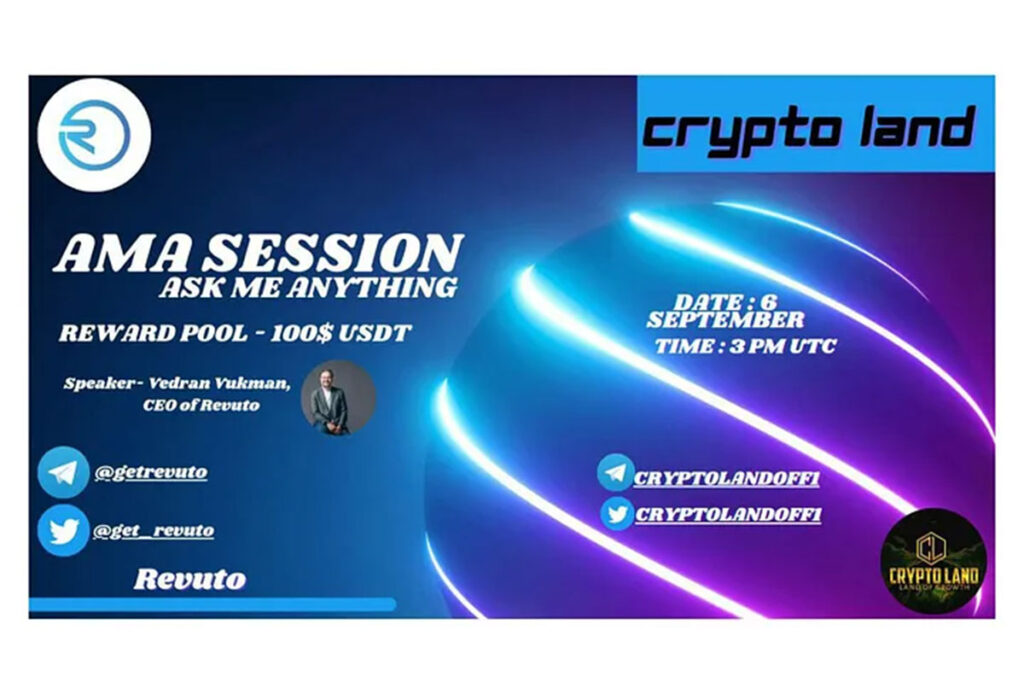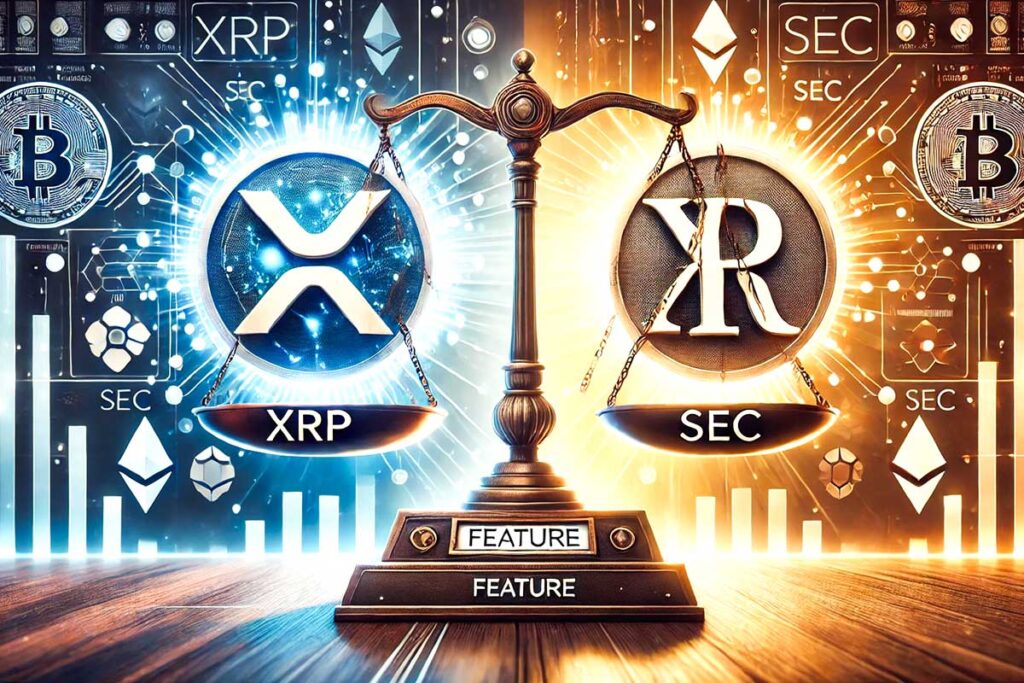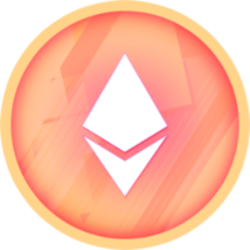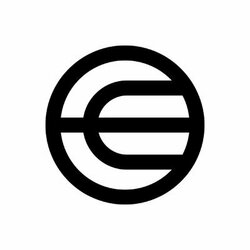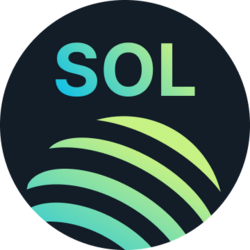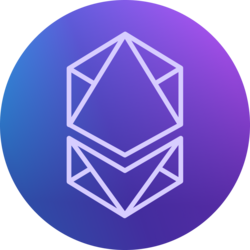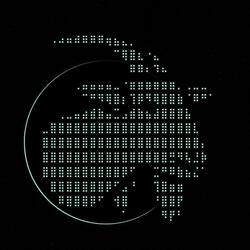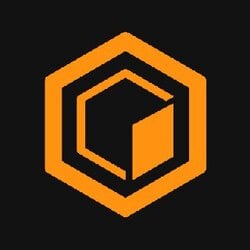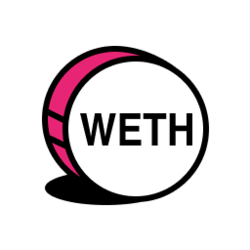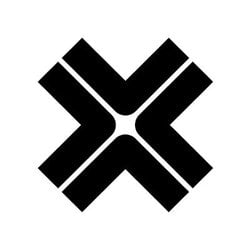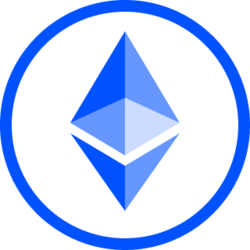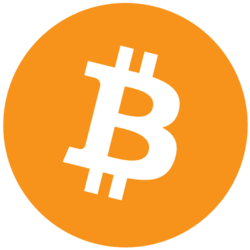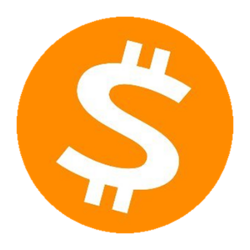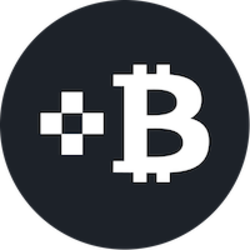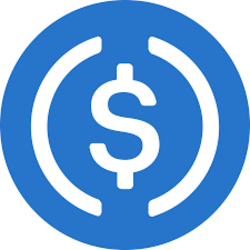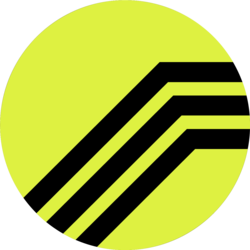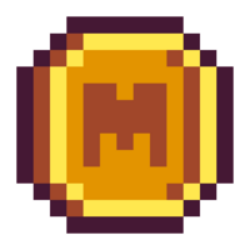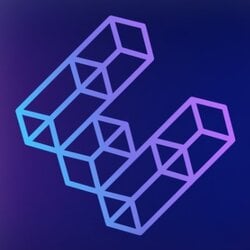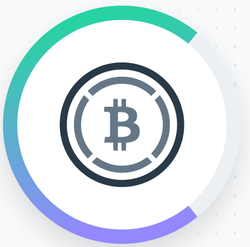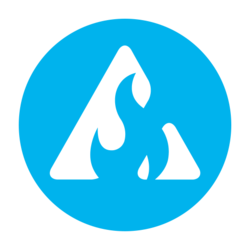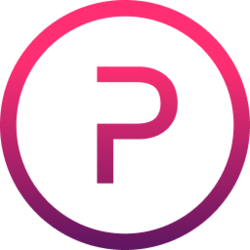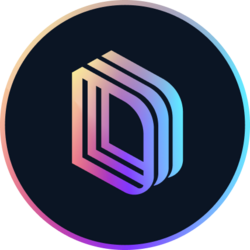How To Mine Bitcoin Cash?
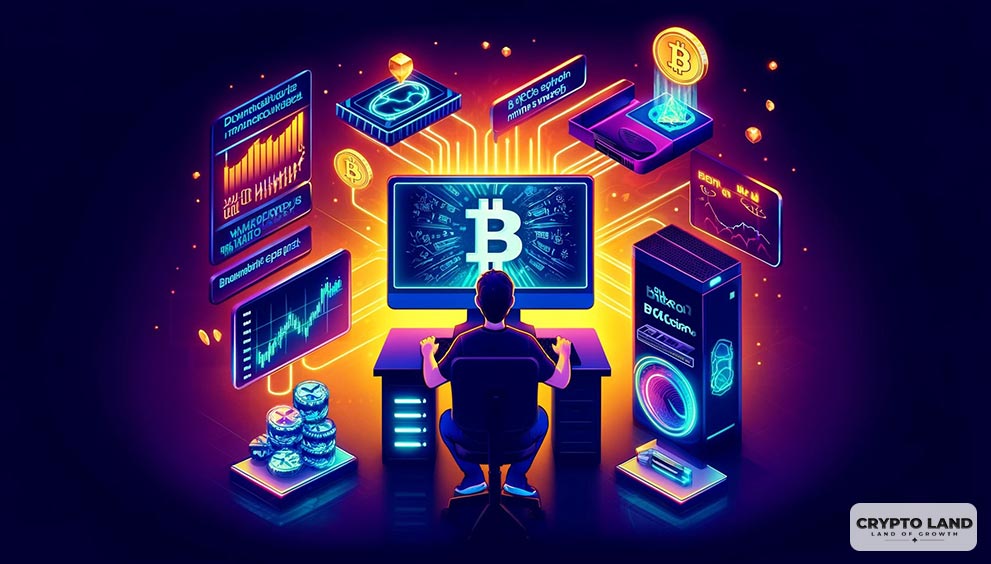
Bitcoin Cash is a crypto that was born from Bitcoin after some users decided they needed a faster and cheaper blockchain. Craig Wright, who was once supposed to be Satoshi Nakamoto, was assumed to have played a role in its development. However, it was recently discovered that he might not have been that person.
Bitcoin Cash is also similar to Bitcoin, using a proof-of-work consensus protocol. Mining will see miners continue to submit nonce values to try to solve complex mathematical problems and validate transactions. Successful verification of every transaction results in the addition of new blocks into the blockchain.
Let’s get deeper into the way BCH mining is performed.
What is Bitcoin Cash Mining?
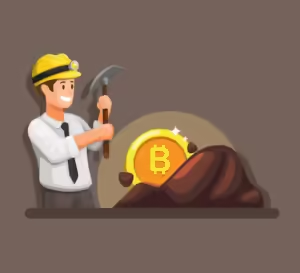
Mining Bitcoin Cash is actually validating transactions on the BCH network which is important for that network’s security.
Miners use the computing power available to them in attempts to crack problems resulting from cryptography, and in exchange for doing this, they secure a value known as a nonce value, which is appended onto a transaction and automatically validated.
For every miner that successfully adds a block, there’s an established amount of BCH for block reward.
Being a hard fork of Bitcoin, BCH utilizes the same SHA-256 hashing algorithm, as well. As a consequence, mining of Bitcoin Cash can be highly resource-intensive and usually requires special equipment if you want to stay among miners.
How To Mine Bitcoin Cash?
Step 1: Choose the Right Mining Hardware
ASIC Miners are specifically designed to perform a specific type of hashing function necessary for mining BCH profitably. Some of the best ASIC miners for Bitcoin Cash are:
- Antminer S19 Pro
- WhatsMiner M30S
- AvalonMiner 1246
These ASIC miners have a high hash rate, describing the calculation power of the device. The higher your hash rate, the greater your chances of solving the block and earning rewards in BCH.
Step 2: Bitcoin Cash Wallet
You will need a wallet to store the crypto you mine. You can either choose from a software wallet that is easy to use or a hardware wallet, that is more safer.
Software: Bitcoin.com Wallet, Guarda Wallet, Trust Wallet
Hardware: Ledger Nano S, and SafePal Wallet, and Ellipal Wallet
After your wallet is set up, you will need a receiving address, which you’ll use to collect your mining rewards.
Step 3: Choose and Install Mining Software
Mining software connects your ASIC hardware with the Bitcoin Cash network and mining pool. It regulates the whole process of mining, including hash rate, miner temperature, and fan speed. Some amazing mining software for Bitcoin Cash is:
- CGMiner: One of the most popular mining applications available to be used for working with several cryptocurrencies, like BCH.
- BFGMiner: A modular miner that can provide monitoring functionality and even overclocking.
- EasyMiner: An interface-based mining software ideal for starters.
Most mining software is free to download and open source, therefore free for any miner to use. Choose a program that you like the look of and that works on your hardware and configure it to connect to the Bitcoin Cash network or mining pool.
Step 4: Join a Mining Pool (Optional)
In solo mining Bitcoin Cash, the tough part is that the work needed to mine the cash is nowadays very high and requires a lot of power to run the computer.
For this reason, more miners are pooling in to increase their chances of getting a block; the reward gets divided according to the number of work each contributor puts into solving the block.
Some top mining pools for Bitcoin Cash are:
- Antpool
- BTC.com
- ViaBTC
Look for one that considers the cost you have paid, frequency of payout, and pool size. Most charge a pretty small membership fee between 1% and 2% to join, but incremental chances of earning rewards are immediately paid for.
Step 5: Mining Starts
- Power On Your ASIC Miner: Connect your ASIC miner, ensure that it connects via the internet, then power it on
- Configure Your Miner: Open the configuration page or interface of your miner. This is done through the web and you will input details concerning either your mining pool or the Bitcoin Cash network.
- Checking Mining Performance: Check on the performance of your miner using mining software. Do this to make sure that your miner is operating as expected under its hash rate, temperature, and power consumption.
- Bitcoin Cash Mining Profitability: Mining Bitcoin Cash is a process that runs perpetually. The reward for your efforts in the solving of blocks will be credited to your wallet based on mining solo or joining a pool.
Factors To Consider in BCH Mining
Hash rate: The more computational power you contribute, the higher your chances of earning rewards.
Electricity Costs: Mining is energy-intensive, and electricity costs can significantly impact profitability.
Mining Difficulty: The Bitcoin Cash network adjusts the difficulty of mining based on the number of miners. Higher difficulty levels mean that it’s harder to solve blocks.
The Price of BCH: The price of Bitcoin Cash fluctuates; mining is no longer very profitable. If the rate of BCH goes higher, then your reward in mining will be more valuable.
Conclusion
Mining is rewarding participation in the cryptocurrency ecosystem and can be done by acquiring bounty in BCH. You can do this by choosing the appropriate hardware and properly configuring your mining software, or you can connect to a mining pool.
The investment for the hardware and electricity required to mine is a serious amount, but with the right approach, it can still be a very lucrative activity. So do not forget to consider everything: the total cost of buying hardware, energy consumption, and the mining difficulty for your Bitcoin Cash mining effort.
Future Developments in BCH Network Mining will continue being a strong security measure to facilitate the blockchain and affirm transactions as the network continues to evolve and participate as individuals in the network, earning rewards.






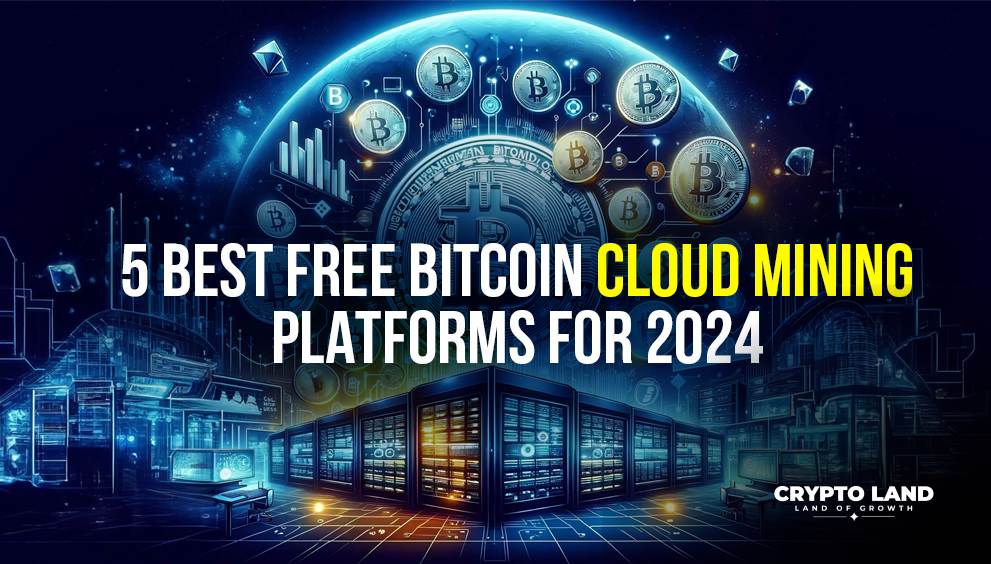
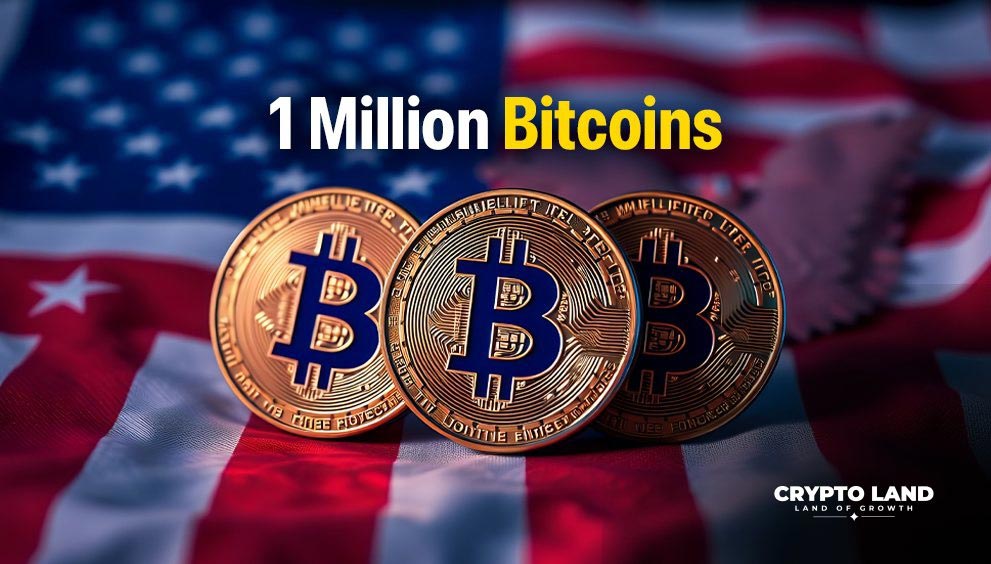
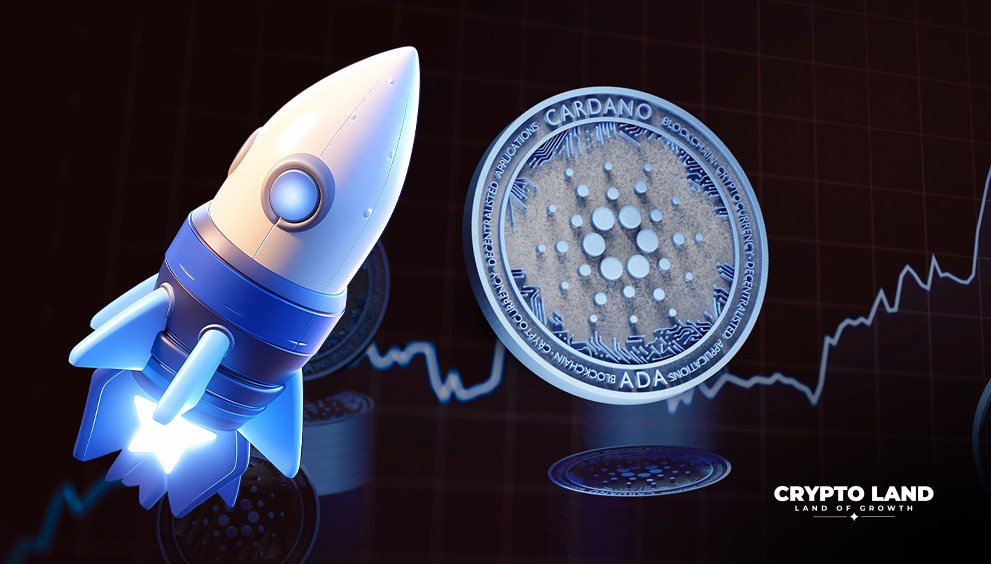


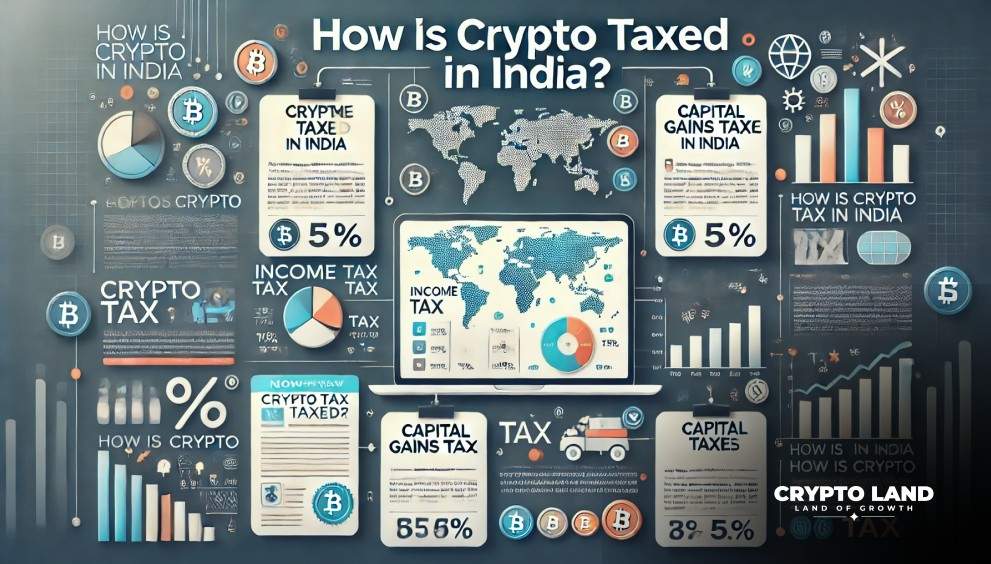

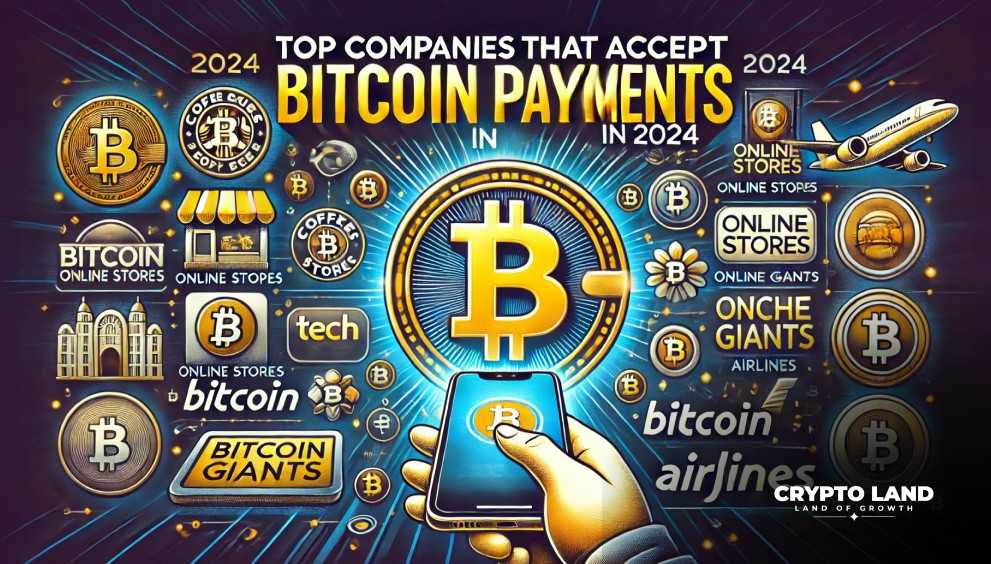
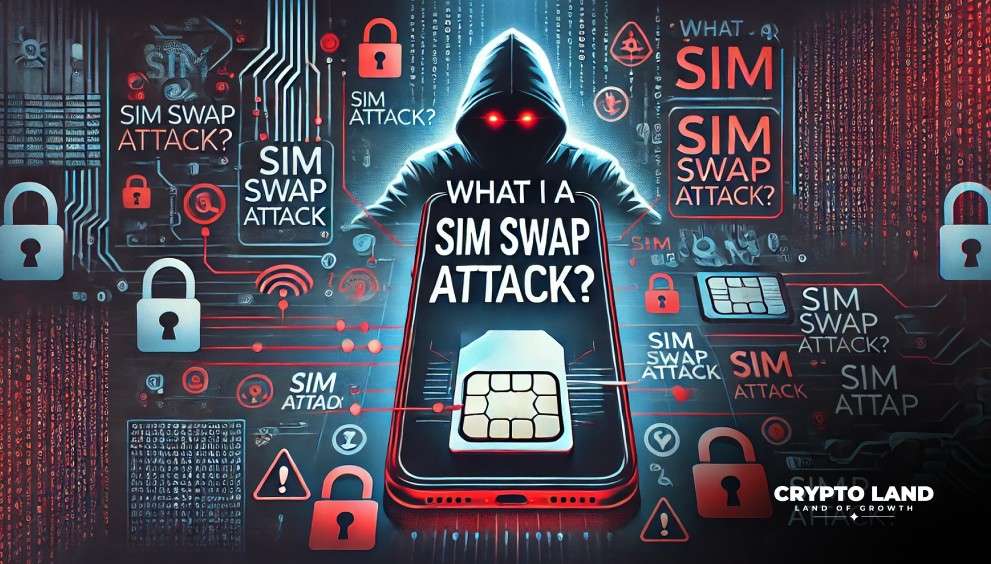
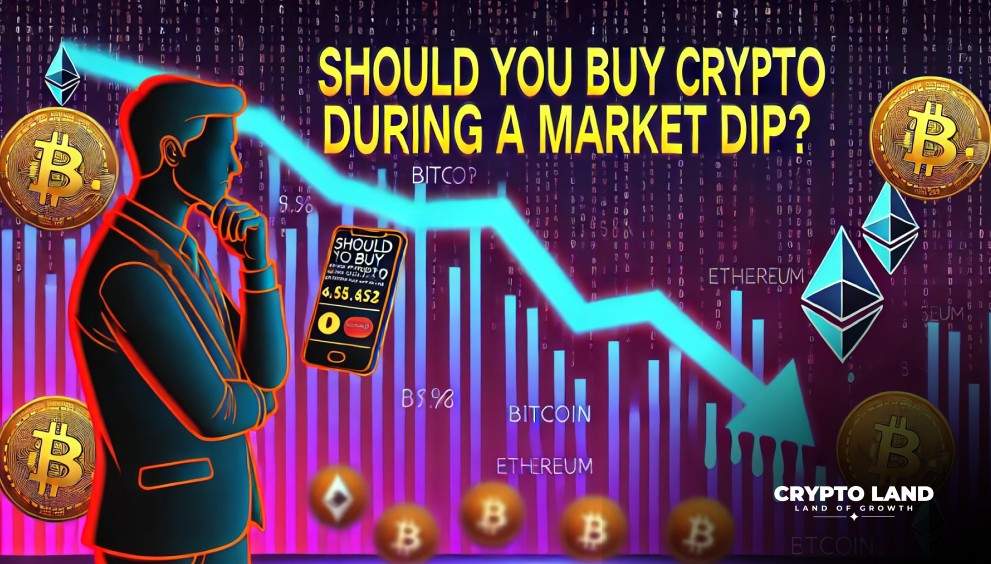


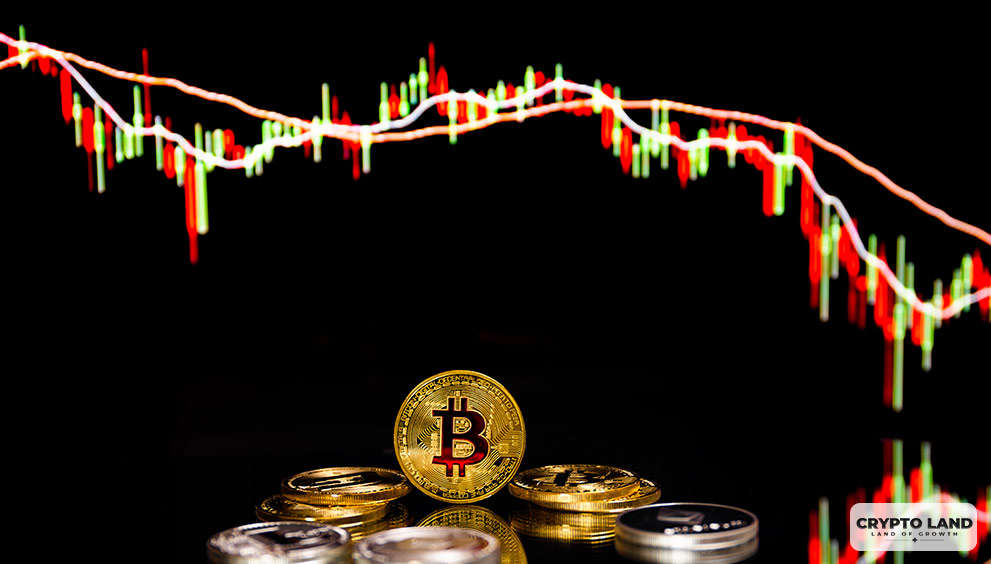


![Top Altcoins in October [2024] You Should Look Out For 20 Top Altcoins in October [2024] You Should Look Out For](https://cryptolandoff.com/wp-content/uploads/2024/10/Top-Altcoins-in-October-2024-You-Should-Look-Out-For.jpeg)

